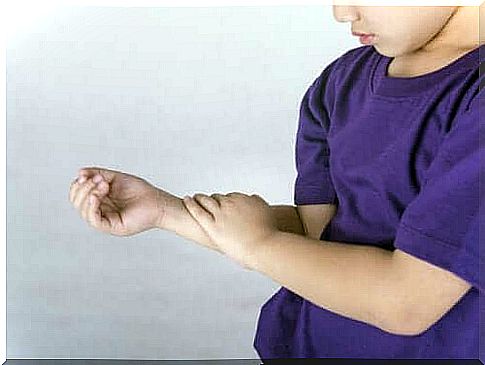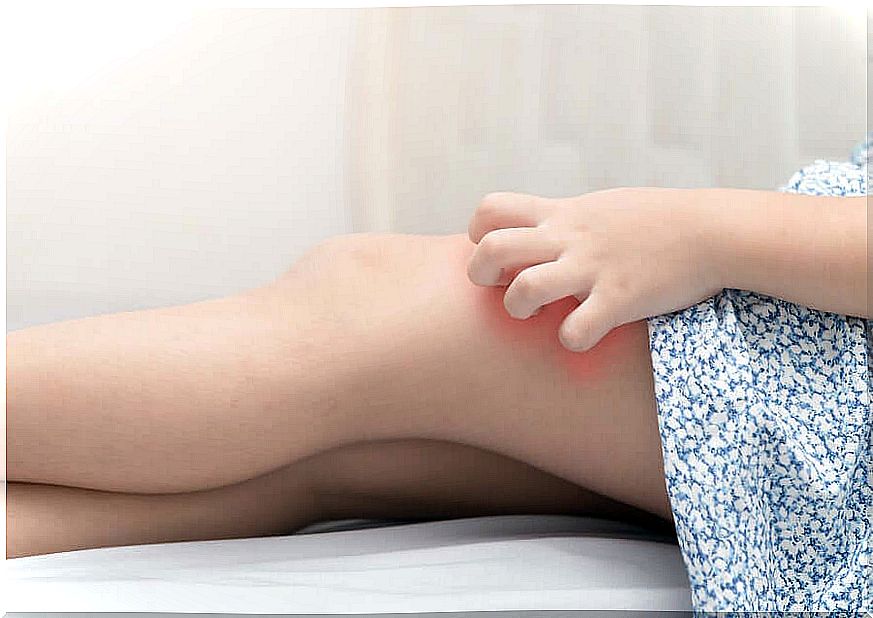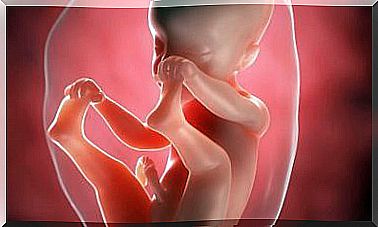Bone Pain Associated With Growth

Growth-associated bone pain usually occurs in childhood, although it can also occur during adolescence. It is a common symptom that is part of physical development and therefore does not represent any pathology.
However, many parents are concerned when their children express discomfort or discomfort, especially because they express these discomforts during their night rest, which is when there is greater inactivity.
While not always obvious when it comes to intensity, bone pain is more common than you think. In general, it is not necessary to consult the doctor when they occur, although it is indeed important to consider how the child reacts.
Bone pain associated with growth

Bone pain associated with growth usually occurs in the extremities. This means that children may experience discomfort of mild intensity and short duration in their arms and legs at certain times. However, they usually disappear on their own.
Although, certainly, each case is different, children tend to have bone pain more often in two phases, which are:
- Between 3 and 5 years old.
- Between 8 and 12 years old.
Which regions do they affect?
In general, the most common growth-related pain in children is in the lower extremities, such as the legs, knees, and calves.
This particular type of pain is usually located in the muscles rather than the joints. But what do bones have to do with it? During a child’s period of growth, bones begin to grow and cause tension in the muscles and tendons, and this is what causes the “bones” pain.
How to relieve bone pain?
If the child feels very uncomfortable or cannot fall asleep at night due to bone pain, some measures to alleviate these pains can be applied.
The best way to alleviate bone pain associated with growth is to give a relaxing muscle massage to the area that bothers you the most, as this will provide relief and also help you relax. It is always recommended to perform this type of massage upwards, that is, from the toes upwards.
Another way to alleviate pain is to teach your child to do some light stretches. In fact, low-impact physical activity often helps to forget about discomfort or even reduce them.
Another very useful technique is to apply a hot compress to the painful area. Certainly, all these measures must be complemented with hugs, caresses and pampering so that the child can relax and stop paying attention only to the pain.
Activities to reduce and prevent bone pain
Physical exercise performed on a regular basis benefits children to a great extent. In fact, it helps to reduce or even prevent bone pain associated with growth.
Activities such as running, jumping, climbing and playing outdoors will help children to be distracted and forget about pain. However, a sport or a physical modality will be ideal, not only because it is a structured practice, but also because there is a qualified instructor who corrects bad postures and guides every action to avoid injuries of any kind.

Is it necessary to see the doctor?
Although bone pain is very common, if you feel more relaxed about it with your pediatrician, do so. He will be the best person to give you the information and peace of mind you need.
If the doctor indicates that the child should take analgesics (such as ibuprofen, for example) or anti-inflammatory drugs, in the case of extreme and recurrent discomfort, it is essential to follow their indications in relation to the dose to the letter.
On the other hand, we must not forget that hydration and healthy eating are always a good accompaniment for every treatment.
The following symptoms are reasons for medical consultation:
- Lesion.
- Weakness.
- Pain and inflammation of an extremity.
- Inability to perform one or more activities.
In short, bone pain is normal and transient. They do not prevent bones from developing normally. However, if they prevent it, it is necessary to consult the pediatrician as soon as possible, especially if they cause any of the aforementioned signs.









